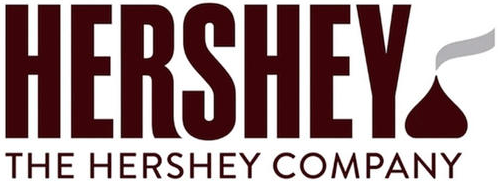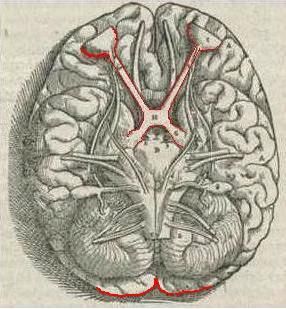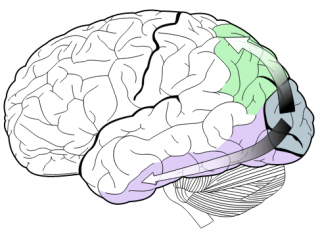Neuroscience
Why We Perceive Hershey's New Logo as the Poo Emoji
Why does the Hershey's Kiss look like the poop emoji? Neuroscience explains.
Posted September 5, 2014

I live in the city of Hershey, the "Sweetest Place on Earth." I’m surrounded by references to chocolate everyday—from the smell of it in the air to Kiss-shaped streetlamps to chocolate-brown paved roads. It’s a pretty sweet life.
So when The Hershey Company unveiled their new logo (above) last Thursday, I didn’t find anything unusual about it.
That is, of course, until the Internet began comparing it to the poo emoji, popularized by Apple. Even after seeing the comparison, I still didn’t know what the big stink was about, so to speak.
Why did some people immediately see a big, steaming turd when, obviously, it’s supposed to be a drop of chocolate topped with the iconic Kiss flag? Actually, understanding the cognitive processes behind visual recognition can explain everything from Hershey Kiss poop emojis to why we perceive Mother Mary’s face in a piece of toast.

When we look at an object, the light we take in converges onto the retina, the lining on the inner surface of the eye. This light triggers all sorts of chemical and electrical cascades, resulting in nerve impulses that are sent to the optic nerve. The optic nerve runs from just behind your eyes to the visual cortex of the brain. If you fold your hands behind your head and lean back in your chair, your palms are hovering over your visual cortex.
The visual cortex tells us that the Hershey’s logo is shaped like a triangle and is dark with a light-colored background. But that’s about all that it tells us. The visual cortex must recruit other brain areas, called association areas, to make any sense of these shapes.
Neuroscientists recognize two major pathways involved in object recognition. The dorsal stream emanates from the visual cortex to the top and sides of the brain and recognizes where objects are located in space. It’s thanks to the dorsal stream that we see the little flag on top of the brown triangle.

The ventral stream, on the other hand, projects from the visual cortex to the underside of the brain. This pathway makes sense of the brown triangle and little flag and recognizes it as something we’ve seen before: a Hershey Kiss.
How does it do that, though? Actually, this ventral stream communicates with other areas of the brain responsible for attention, memory, and salience. In other words, we recognize the image as a Kiss because of its iconic shape, the way it stands out next to the text of the logo and, most importantly, because we have memories of seeing the candy before. For the same reasons, we also recognize the image as a poo emoji because of its silhouette, color, and because we’ve used it in text messages.

Now here’s a fun fact: I actually don’t have a smartphone (shocking, right?). So in addition to being surrounded by chocolate paraphernalia everyday in my town, my brain didn’t already have a sense of the poo emoji, so I wasn’t fazed by the image. Not until the eyes were Photoshopped on, anyway.
Mike Wege, Senior Vice President and Chief Growth and Marketing Officer at The Hershey Company, said that the updated logo is an “expression of [their] progression to a modern, innovative company.”
Perhaps there’s no better indication of our modern world than comparing a 114-year-old candy to a steaming pile of poo with eyeballs that we send to our friends through cyberspace.
--
Originally published at The Conversation UK.
Image credit: The Hershey Company (logo), WonderHowTo (emoji), Wikimedia Commons (brain images)


